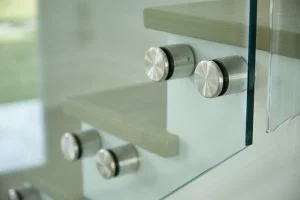What Types of Glass Are There?
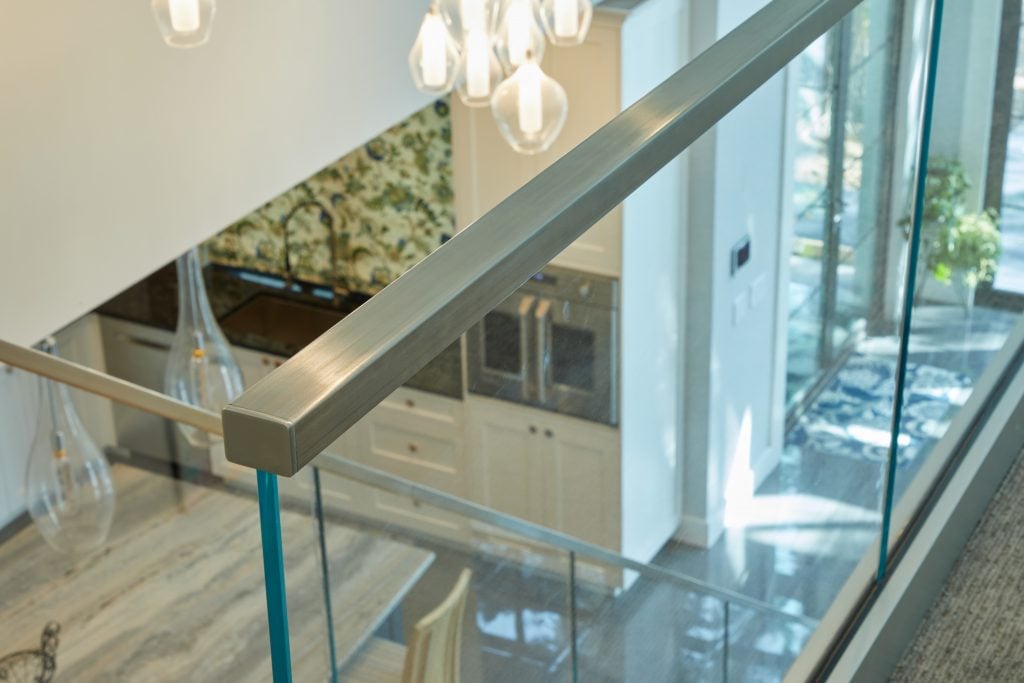
Which is the Best Type of Glass for Railing
When it comes to determining the best type of glass for a railing, both tempered and laminated glass are excellent options. The choice between the two will depend on the specific requirements and regulations of the project, personal preference also plays an important role.
Tempered glass is often preferred for its strength and durability. It is ideal for use in railings that will be exposed to harsh weather conditions or frequent use. Because of its strength, tempered glass can be used in thinner sheets, making it a more affordable option for large-scale projects.
Laminated glass, on the other hand, offers additional benefits such as sound insulation and UV protection. It is also more resistant to breakage than tempered glass, making it ideal for use in high-traffic areas or locations where there is a risk of impact. Additionally, the interlayer in laminated glass provides an extra layer of security, as it holds the glass together even if it is broken.
When deciding between tempered and laminated glass for a railing, it is important to consider the specific requirements and regulations of the project. A professional glass supplier or contractor can provide guidance on which type of glass is best for the project.
We recommend tempered or laminate glass, but highest quality glass for railing will always be the best prepared.
What is Acrylic & Plexiglass
The difference between acrylic glass railing and Plexiglass railing is the same as the difference between facial tissues and Kleenex(es). They are describing the same product, just using different names. Plexiglass is a brand of acrylic that eventually became the associated name for any clear acrylic panel.
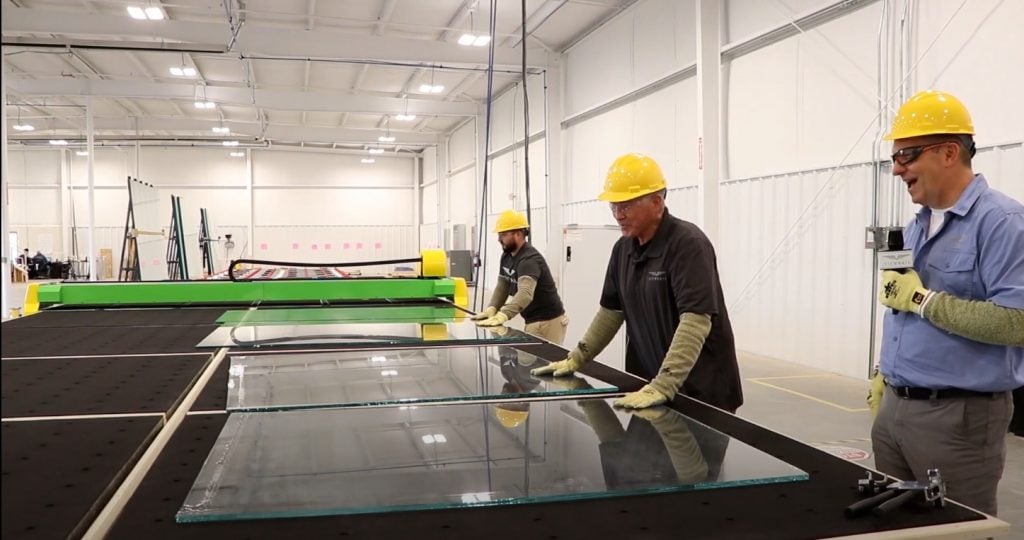
Acrylic is a name derived from its more technical name polymethyl methacrylate. It is a clear, plastic based product that can be found almost anywhere.
Plexiglass is typically not the “go to” infill option for a project, but it usually ends up as a cost efficient substitute for a tempered glass railing. These two railings make up nearly every glass railing project installed. Plexiglass yields the same “see through” effect with a solid barrier at a cheaper cost. Depending on the quality and thickness, it can also provide incredible strength due to the amount of flex it can achieve. So, why doesn’t everyone use Plexiglass? While Plexiglass does offer a more cost effective solution, it has several disadvantages to a tempered glass panel.
Monolithic Glass
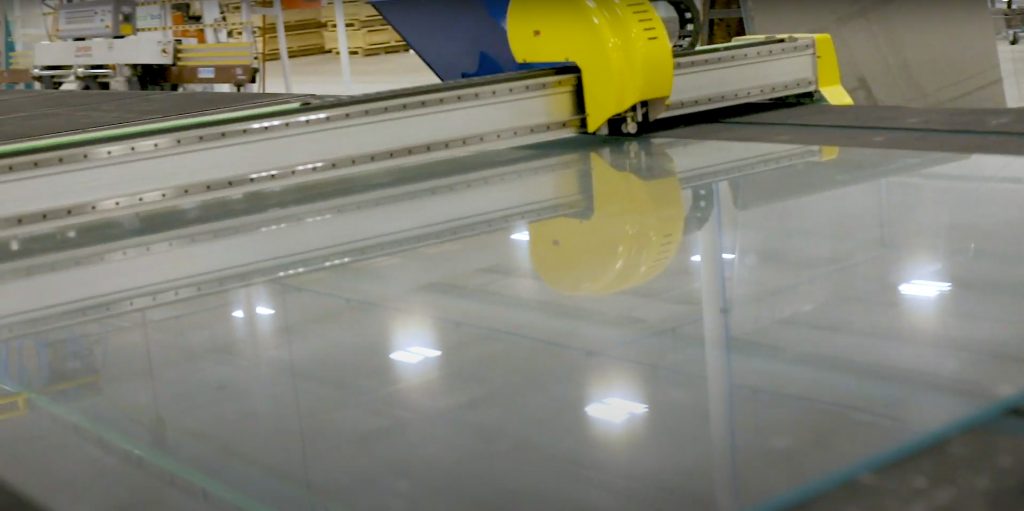
Monolithic glass is an overarching term used to describe a single, solid piece of glass. The three most common types of monolithic glass are: acrylic glass, annealed glass, or tempered glass.
A laminated panel would not fall under the monolithic label as it is constructed from two tempered panels with a vinyl layer in between.
Tempered Glass
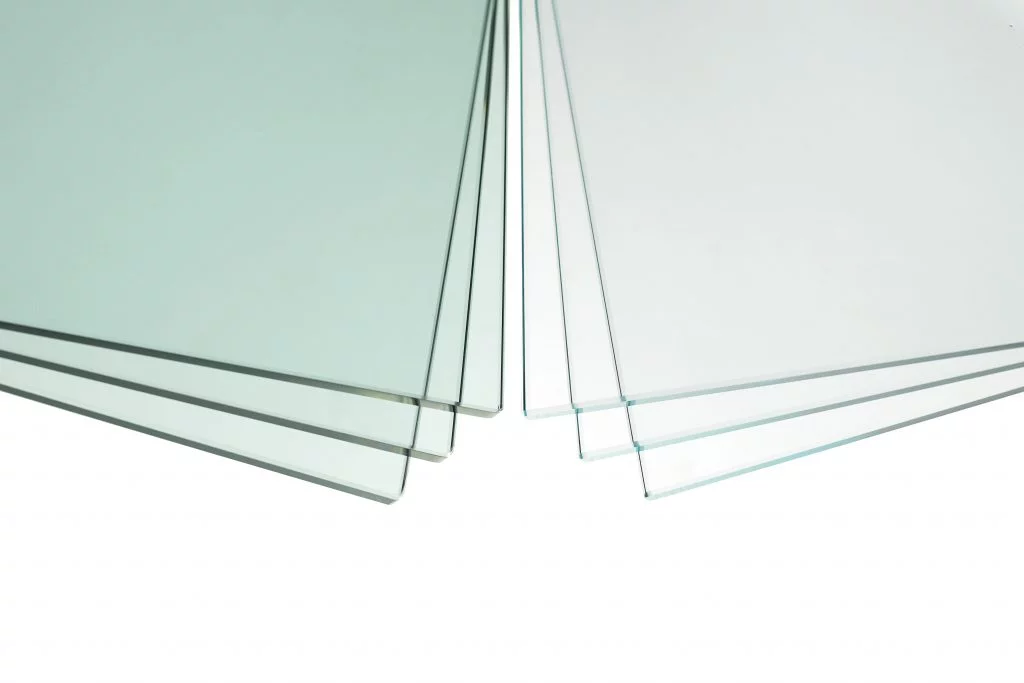
The process of tempering is often used to help give metal alloys, such as steel, additional strength. Once the panel is quenched, it is considered tempered. Tempered panels are extremely strong and excel in a glass railing system.
Laminated Glass
Laminated glass can be made from different glass materials, but the general concept is a panel constructed from two panes of glass with a vinyl interlayer adhering the two panes together. Laminated glass railing is the strongest option as the interlayer allows the panel to flex and absorb an enormous amount of force.
While there are different lamination options such as PVB, EVA, or SGP, Viewrail typically recommends EVA for interior projects and SGP for exterior projects. SGP is incredibly resistant to UV and moisture damage, and is even rated for hurricane force winds. Laminated glass railing is most commonly found on coastal exterior decks, or commercial grade projects. Tempered glass panels vs. laminate glass panels
What is Annealed Glass?
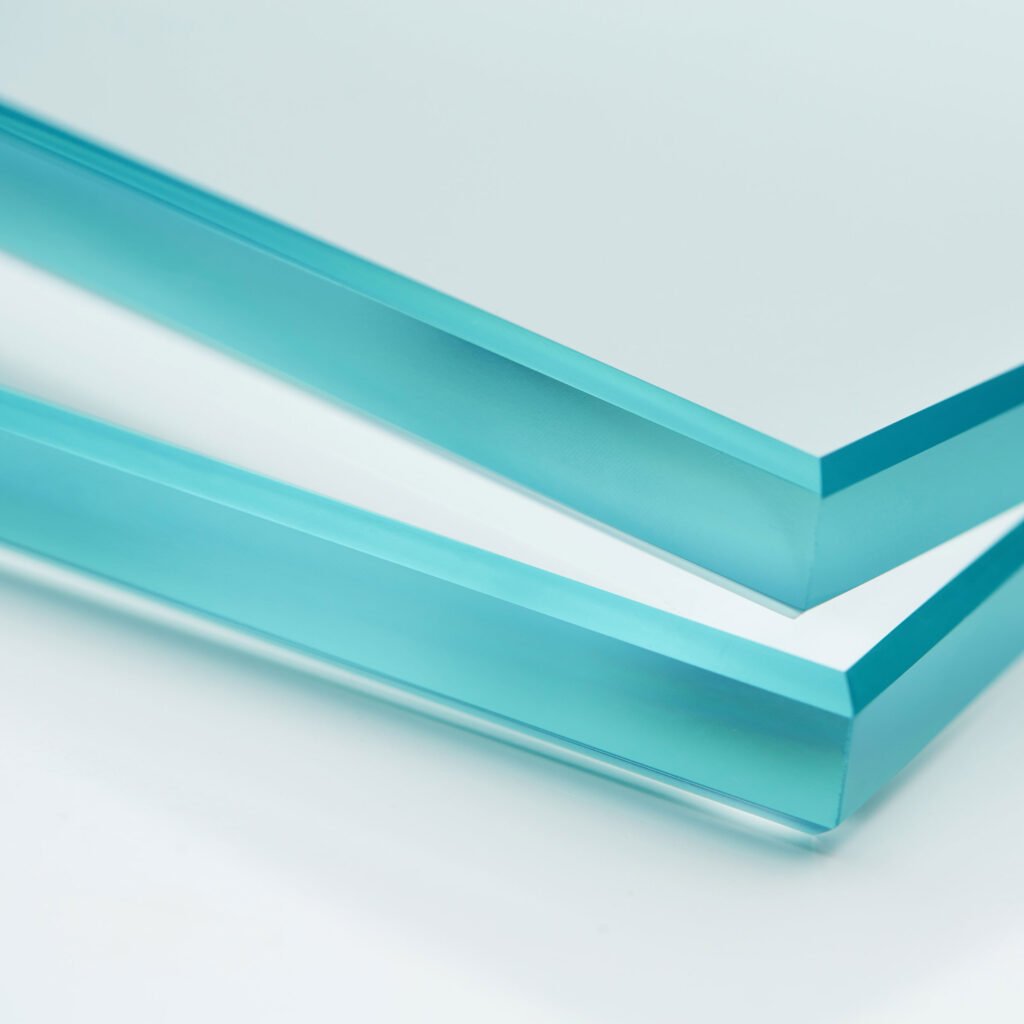
Once glass achieves its annealed state, it can be cut or drilled without shattering.
However, at this stage it is not incredibly strong, and if it breaks it typically breaks into shards which can be dangerous. This is why the tempering process for glass railing is incredibly important.
Properties of Glass
UV Resistance: When considering a transparent railing solution, it is important that the barrier remains transparent. Since Plexiglass, also called acrylic glass, is technically a plastic, it begins to lose its transparency overtime when exposed to UV rays. It becomes cloudy or yellow and difficult to see through, which results in the need to replace the panels.
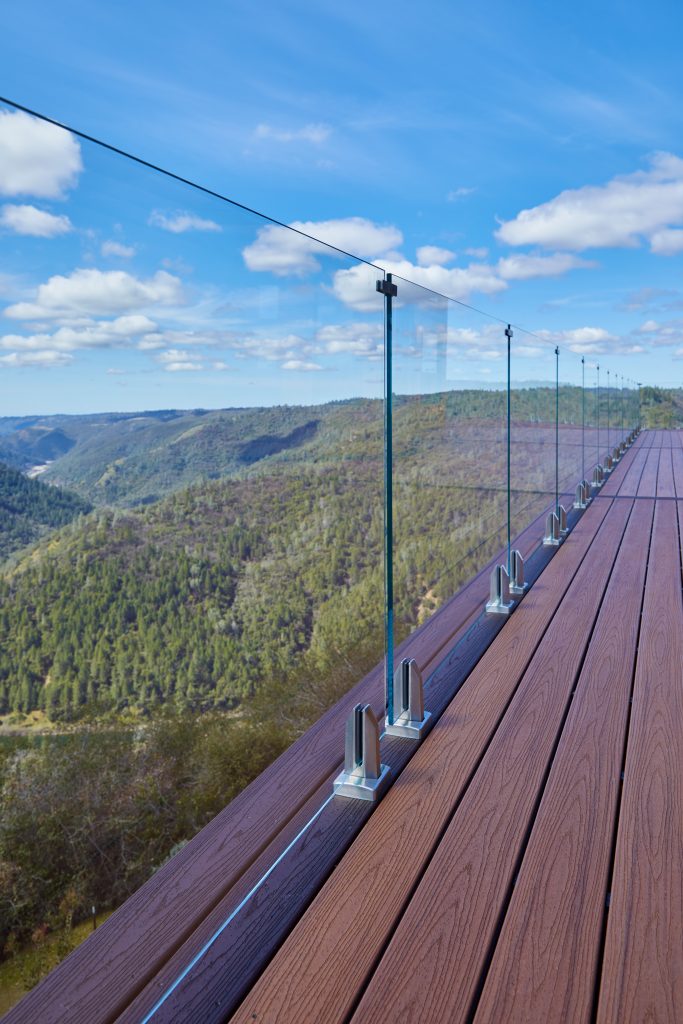
Scratching: Glass is extremely hard to permanently scratch. Typically, it takes an intention effort with a sharp object to scratch tempered glass. However, Plexiglass is relatively easy to scratch due to it’s softer plastic properties.
Once scratched, it is impossible to fix. If you think about headlights again, you can look and see a litany of overlapping scratches.
If your goal is a durable, transparent, and tough railing system, scratches and mars can easily detract from the appearance and presentation of your system.
Once again, after a while of use, it is possible Plexiglass panels would need to be replaced.
Cleaning: Let’s be honest, with either system some amount of cleaning is required. The same way you clean your house, or sweep your floors, or wash your car, is the same way every railing system requires a bit of maintenance to keep a great appearance.

The good news is: everyone knows how to clean glass and it’s hard to go wrong. There are many, many cleaners out there that would help clean and protect a glass panel.
